The enduring World Cup photo of Pelé and Bobby Moore by Doncaster's John Varley
It’s a picture, featuring two of the biggest to ever play the game, that has become emblematic of sportsmanship.
What’s less known is that it was taken by a Yorkshireman, the Doncaster-born photographer John Varley.
Advertisement
Hide AdAdvertisement
Hide AdAs part of his contract with the Daily Mirror, he had a sabbatical every four years and he used them to cover every World Cup from 1966 to 1982 - with spectacular results.
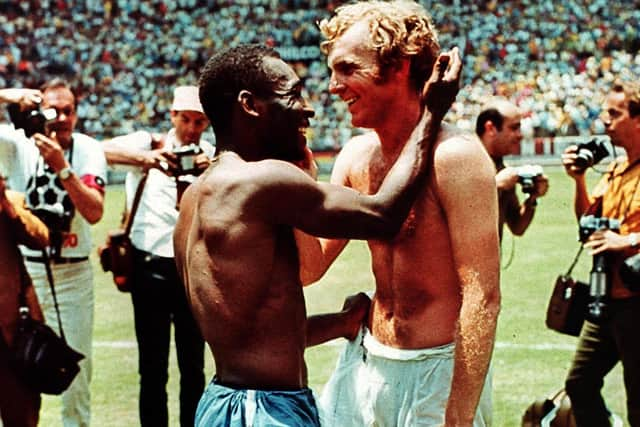

His son Andrew, who is also a photographer, says of the Pelé and Moore image: “It was one of those pictures where he felt that he was just in the right spot at the right time because everybody ran onto the pitch photographer-wise at the end of the match, hoping to get a glimpse of Moore and Pelé, because Moore basically kept Pelé out the game. He was obviously told by Sir Alf Ramsey to mark him and he did that very well.
“So a lot of photographers ran out, but it just turned out that he was just in the exact, perfect position for that picture. So in some ways he was lucky to get the shot he did, but if you ever have seen the actual film footage of them exchanging shirts, it's over very quickly. It was pretty good to arrive on the spot, lift your camera, bang, get the picture and that's it - it was a moment in time that was captured just right - the right time, the right position.”
Andrew says that despite it being a well-known photograph, fewer people know about the man who took it.
Advertisement
Hide AdAdvertisement
Hide AdJohn Varley died in September 2010, aged 76. But during his long career - which The Yorkshire Post has explored in previous articles - he photographed some of the world’s most famous people and events.
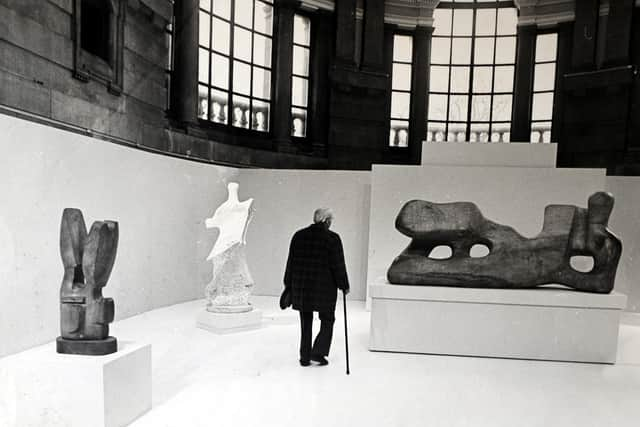

These included Muhammad Ali, witnessing the last time he knocked anyone to the canvas (fighting Richard Dunn in 1976), The Beatles (he didn’t think they’d catch on) and the Royals.
When it came to the Fab Four, “he said it was awful because all he could hear was the crowd screaming,” says Andrew.
For Andrew, 62, the Pelé and Moore picture was his number one photograph.
Advertisement
Hide AdAdvertisement
Hide Ad“It makes you very proud, obviously, of what he achieved in his work lifetime and that was one great picture that's been described as one of the most iconic football photographs.”
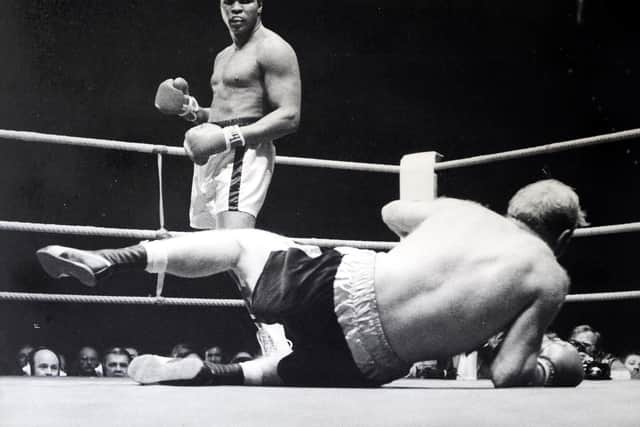

Both players themselves are believed to have praised the picture.
Born in Doncaster in 1934, John became fascinated by photography when a neighbour took a snap of him and brought him the print the following day.
He started in the darkroom at the Doncaster Evening News aged 15 and quickly worked his way up to be a staff photographer. From there he joined Leo White's agency in Doncaster, before being offered a Leeds-based staff job on the Daily Mirror.
Advertisement
Hide AdAdvertisement
Hide AdHis big break came when he covered dramatic floods that hit South Yorkshire in 1958, with a set of images that included a policeman carrying a child as he waded through water.
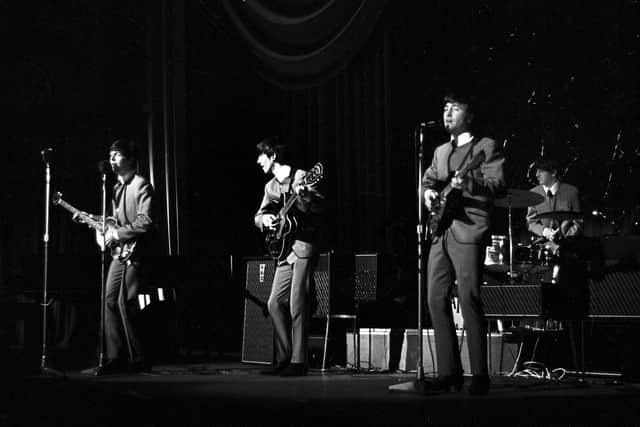

When England won the World Cup in 1966, John was one of only two photographers using colour film, meaning he was the man behind the lens for some of this country’s most memorable sporting images.
It wasn’t just sport that he covered. John was a news photographer and put himself in dangerous situations for his work. He was one of the first of his profession to send back pictures of children caught up in the civil war between Nigeria and Biafra, which started in 1967, and also documented The Troubles in Northern Ireland.
Speaking about the latter conflict, Andrew says: “He did actually get hit by a rubber bullet there because he didn’t go on the safe side - again, he wanted something different - he'd be mid-way or with the crowd that was causing trouble. And he got hit by a rubber bullet fired by a soldier, but it hit his camera. It broke the camera, but it bounced off, and he went to get the bullet and some kid grabbed it and tried to sell him it back for ten shillings. My dad grabbed it off him and said: ‘That's mine!’ I’ve still got it to this day.”
Advertisement
Hide AdAdvertisement
Hide AdJohn also won a World Press Photo Award in 1979 for a picture of the acclaimed Yorkshire sculptor, Henry Moore, viewing his own work.
His profession was taken on by his children. Andrew, who also worked in news photography and found himself competing with his father for the best shot numerous times, is known for his many images of Leeds United, but also shoots at Middlesbrough FC. His brother, David Varley, also became a photographer but now does videography.
Speaking about his father, Andrew adds: “He was also a master printer. Because he learned his trade at the Doncaster Evening News as a young lad, he learned to print there and he was a perfectionist. I'd be sat in the dark room watching him print and he'd print the same image 10 or 20 times until he got it exactly how he wanted it.”
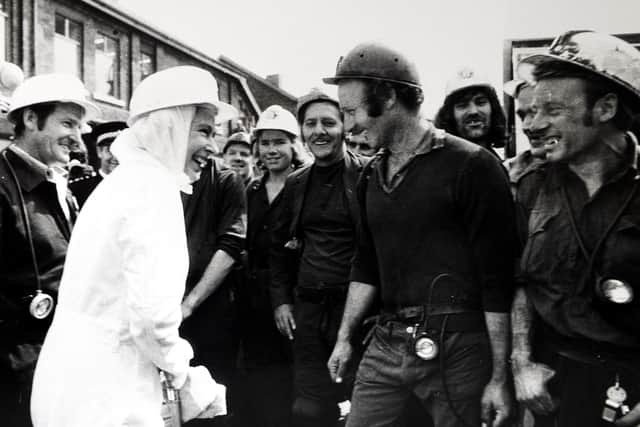

John got Alzheimer's disease in his early 60s but enjoyed the immediate years after taking voluntary redundancy and early retirement at 55, following Robert Maxwell’s purchase of The Daily Mirror.
Advertisement
Hide AdAdvertisement
Hide Ad“Him and mum were great bridge players and they played in tournaments and all that kind of stuff, at a very good level,” says Andrew. “So at least before the Alzheimer’s really set in in his late 60s, they really had a good 10 years together, doing what they loved, which was nice.
“He left a great legacy, I think, and it's a shame really a lot of people don't really know the man behind a lot of the pictures - but hopefully we’ll remedy that.”